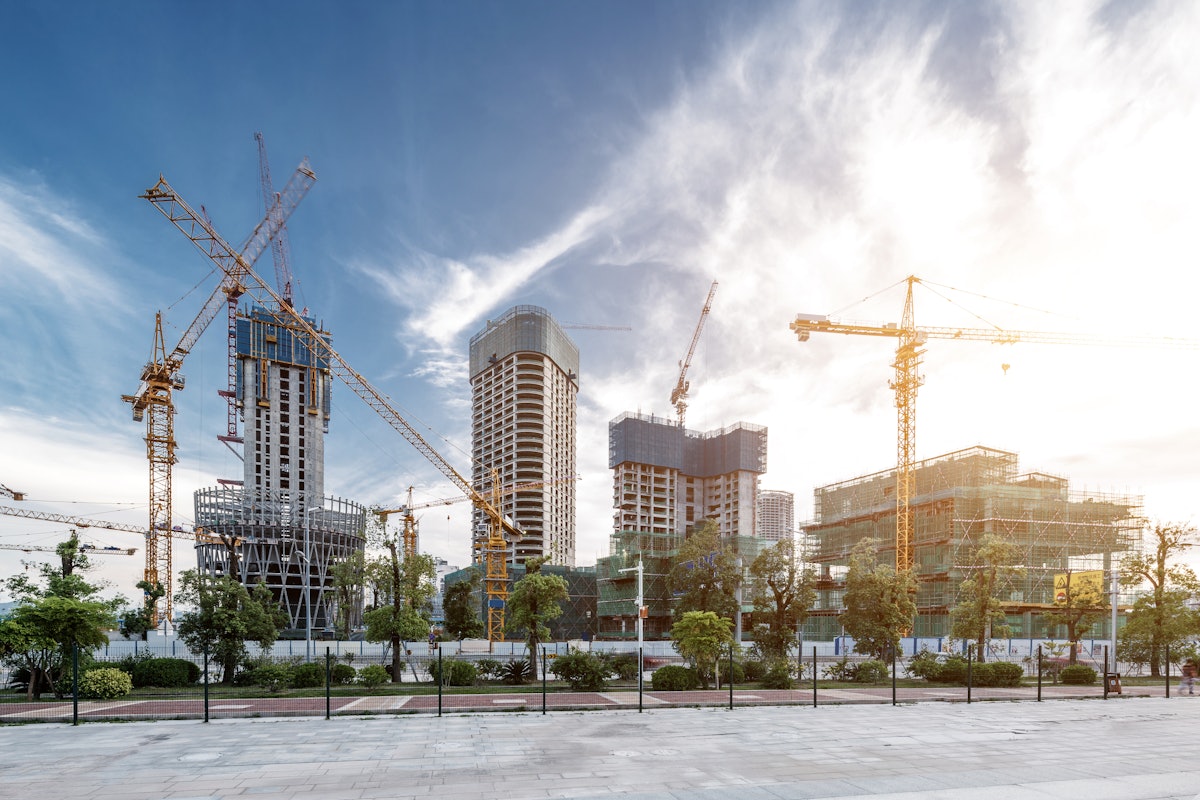The industrial real estate market across the U.S. is entering a new phase of balance after years of explosive growth. According to Colliers, the 25 largest U.S. industrial markets now account for 76% of the country’s total industrial inventory, continuing to drive national trends despite a notable slowdown in construction and leasing activity.
Supply Shrinks, Vacancy Stabilizes
The construction pipeline has tightened significantly, with new industrial supply down 63% over the past year in the largest 25 markets. As of Q1 2025, vacancy rates have climbed more gradually, reaching an average of 6.9% — up just 88 basis points from last year. Net absorption, a key demand indicator, totaled 18 million square feet in the top 25 markets in the first quarter, as demand and supply begin to level out.
In several markets where speculative construction surged, vacancy rates are expected to remain elevated for a longer period. However, most markets are projected to hit peak vacancy by year-end as new construction slows further.
Construction Pipeline Contracts Sharply
After years of rapid development fueled by post-pandemic demand, industrial inventory growth has cooled. Nationwide, space under construction dropped 61% from its 2022 peak, falling to 279 million square feet in Q1 2025, which is the lowest level since 2018. The largest 25 markets accounted for 68% of that pipeline, or roughly 188 million square feet.
By year-end, construction is expected to shrink further, dipping below 250 million square feet nationally. In many markets, quarterly new supply could hit levels not seen since 2015.
Phoenix led all markets in inventory growth, adding 35.7 million square feet over the past year for an 8.6% year-over-year increase. However, its vacancy rate also climbed to a 13.2%, as new deliveries outpaced demand.
New Supply Drops, Key Markets Stay Active
New supply nationwide totaled 65 million square feet in Q1 2025 — a 48% decline year-over-year. The largest 25 markets saw an even steeper 50% drop to 41 million square feet. Phoenix delivered the most new space (7.4 million SF), though still 23% below last year’s pace. Dallas-Fort Worth saw the sharpest decline, with only 1.5 million square feet delivered in Q1 — down 90% from a year earlier.
Some Midwest markets, such as Chicago, Minneapolis-St. Paul, Cleveland, Kansas City and St. Louis, have seen tenant demand outpace new supply, helping keep vacancy levels more stable.
Vacancy Rates Approach Peak Levels
Nationwide, industrial vacancy rose for the 11th straight quarter, reaching 7.1% — up 93 basis points over the past year. However, vacancy increased at its slowest pace since late 2022, signaling that the market may be approaching peak vacancy.
Among major metros, Phoenix remains the most oversupplied, while vacancy decreased over the past year in Cincinnati, Chicago, Houston and Minneapolis-St. Paul. As construction slows and demand remains steady, vacancies are expected to peak in most U.S. markets by the end of 2025.
Demand Holds Steady Despite Headwinds
Though industrial leasing demand has cooled since its pandemic-era highs, net absorption remains positive. Over the past year, quarterly net absorption has averaged 45 million square feet, down from a peak of 151 million square feet per quarter in 2021.
Dallas-Fort Worth led all markets with 24.8 million square feet of net absorption over the past year, followed by Chicago (19.1M SF), Houston (16.7M SF), Phoenix (15M SF) and Atlanta (8.3M SF). In Q1 2025 alone, net absorption grew year-over-year in 11 of the top 25 markets, with Greater Los Angeles seeing the largest turnaround.
While economic uncertainty and trade policy may temporarily dampen leasing activity, steady demand for build-to-suit and manufacturing space is expected to support continued absorption as speculative construction slows.
Rent Growth Slows After Two-Year Surge
After two years of double-digit rent increases, industrial rent growth has slowed. Nationwide, average warehouse/distribution rents rose 5.8% to $10.65 per square foot over the past year. The top 25 markets saw more modest growth of 0.7%, reaching $9.56 per square foot.
Several markets, including Columbus, Charlotte, Chicago, and West-Central Florida, continued to post double-digit rent growth in Q1 2025. Meanwhile, seven major markets — including Greater Los Angeles — saw rents contract, with LA’s average falling 14% year-over-year.
Despite the recent slowdown, rents are expected to remain positive through 2025, though at rates below the exceptional gains seen in 2022 and 2023.
Outlook: Stabilization Before the Next Growth Cycle
The industrial real estate sector is recalibrating. As new construction slows and vacancy peaks, balance is returning to the market. Once economic conditions stabilize and trade policy uncertainties ease, experts predict a resurgence of demand could drive the next phase of growth. In the meantime, many of the nation’s largest industrial hubs — particularly in the Midwest and South — remain well-positioned thanks to steadier fundamentals and less speculative oversupply.
View the original article and our Inspiration here


Leave a Reply